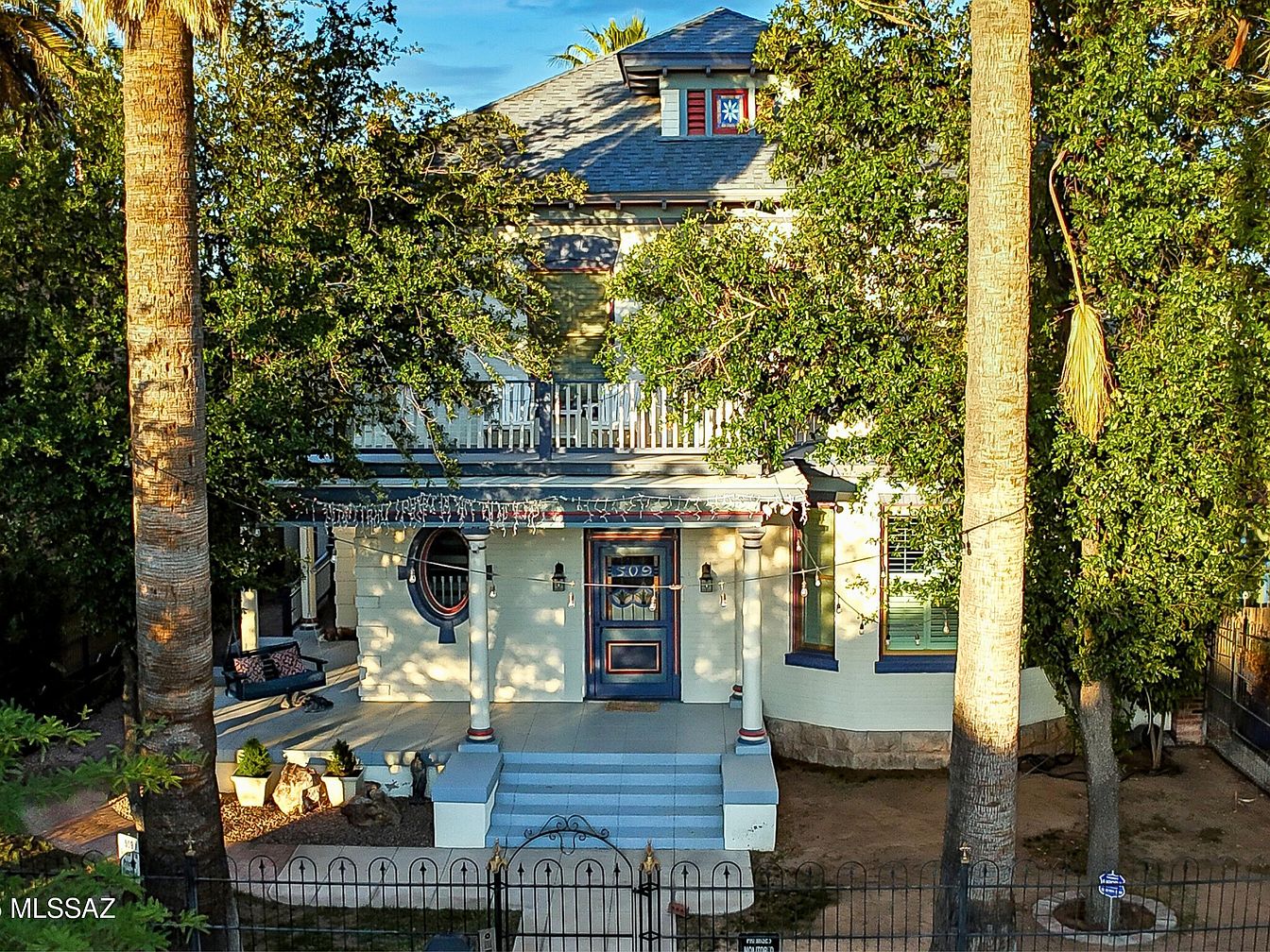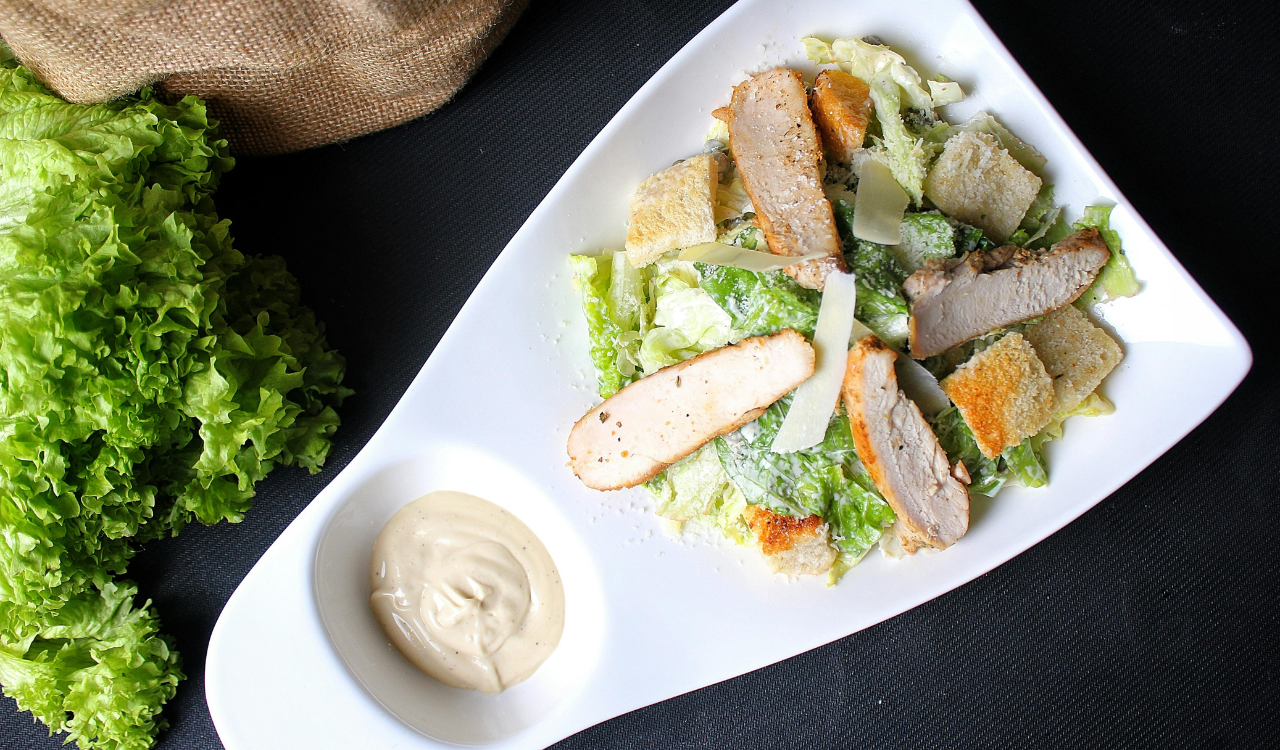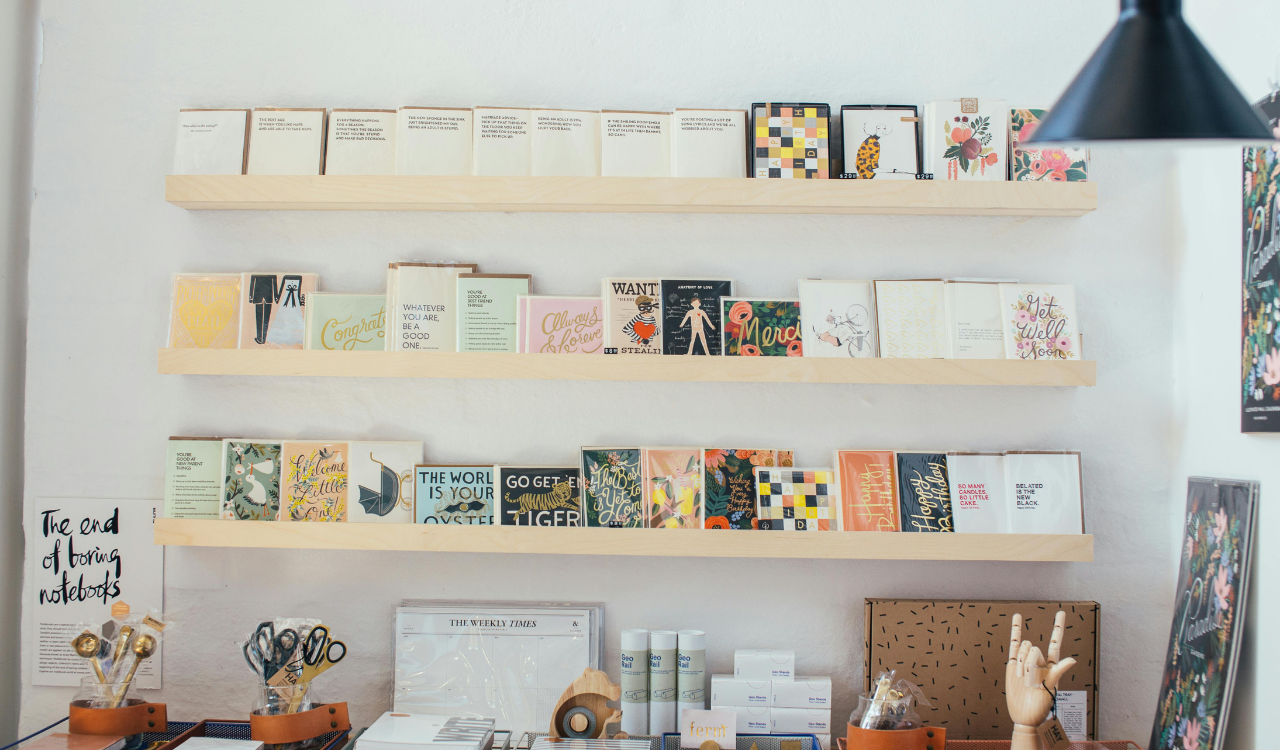11 Flatbreads From Different Cultures Worth Trying

Simple, adaptable, frequently ancient, and always containing cultural tales, flatbreads are among the most comforting and universal foods. Each one, whether thick or thin, soft or crisp, unleavened or leavened, captures the land, staples, climate, and cultural customs of its people. Discover how these 11 international flatbreads are made, what makes them special, and how they work into both ceremonial and casual meals.
1. Injera (Ethiopia & Eritrea)

A staple of Ethiopian and Eritrean cooking is injera, a spongy, sour flatbread. In order to develop its tangy flavour and airy texture, it is traditionally made with teff flour, occasionally combined with other grains and water, and then allowed to ferment for two to three days. A “mitad” is a large pancake-like disc that is cooked on a hot skillet. It serves as a bed for stews, meats, and vegetables, and sauces are soaked up by its porous texture. When pure teff is used, injera is gluten-free and contains natural probiotics due to fermentation, making it a tasty and nutritious food.
2. Tortilla (Corn & Wheat, Mexico & Central America)

One of the most well-known flatbreads in the world is the tortilla. The Maya, Aztecs, and others used the corn tortilla, which is still a mainstay in Mexico and Central America, and is made from nixtamalized maize dough called masa. After the introduction of wheat by Europeans, tortillas made with wheat flour emerged later. They can be used as wraps for tacos, enchiladas, fillings, and more because they are thin and flexible. In addition to improving the nutritional profile by increasing the bioavailability of niacin and amino acids, the nixtamalization process (soaking maize in an alkaline solution) gives corn tortillas their unique flavour and texture.
3. Naan (South Asia / Central Asia)

Known for its soft, pillowy texture, naan is a leavened flatbread that is typically enhanced with dairy products like milk or yoghurt and cooked in extremely hot ovens like the tandoor (also called Tandoori in Central Asia). It gets charred spots, puffs up, and has a chewiness from the leavening. Naan is typically served with saucy or heavily sauced foods like stews, grilled meats, and curries. Compared to many basic unleavened flatbreads, it is richer due to its enriched dough and oven cooking. If you like your flatbread soft, slightly chewy, and juicy with butter or ghee, this is a great option.
4. Roti / Chapati (South Asia & Beyond)

In India, Pakistan, Bangladesh, Nepal, and diaspora communities around the world, roti, also known as chapati, is a popular unleavened whole-wheat flatbread that is cooked on a griddle (tava). Whole-wheat flour, water, salt, and occasionally a small amount of oil are its basic ingredients. Unleavened, it cooks rapidly, maintains its thinness, and functions as a neutral carrier for dals, curries, and vegetables. Depending on the local grains, variations use different flours (millet, sorghum, etc.). It is a staple due to its ease of use, speed, and compatibility with nearly anything.
5. Tandoori Nan / Non (Central Asia)

A leavened flatbread baked on the walls of clay or “Tandoor” ovens is called Tandoori nan (or non in many Central Asian languages). This bread is popular in places like Turkmenistan, Tajikistan, Kyrgyzstan, Uzbekistan, and the Xinjiang region of China, among others. It is typically round, topped with sesame or nigella seeds, and frequently stamped or decorated (chekich, etc.). The inside is softer and the crust is golden and crispy; in some places, it’s thicker than naan. This bread is used for everyday meals as well as ceremonies (weddings, get-togethers). It has a distinct flavour and crispness due to its texture and oven baking.
6. Msemen (Maghreb: Morocco, Algeria, Tunisia)

The Maghreb region (Morocco, Algeria, and Tunisia) is the origin of the layered pancake-style flatbread known as Msemen. It is prepared with flour and semolina, folded into squares, and cooked on a griddle with butter or oil in between layers. It can be consumed savoury (with meat or vegetables) or sweet (with honey). Its layers and fat content give it a rich, flaky texture that makes it more decadent than many plain flatbreads. If you like crisp and chewy flavours in one bite, this is a great one to try.
7. Bammy (Jamaica)

The indigenous Arawaks and Taínos of Jamaica are the original creators of bammy, a traditional flatbread. It is made from cassava (yuca), which needs to be properly grated, soaked, drained, and dried in order to eliminate harmful compounds. After being transformed into a sort of flour or dough, the cassava pulp is pressed into thin rounds and cooked over a fire or on griddles. It used to be the mainstay of rural communities and is now a street and village meal. Delicious with fish, stews, or as a snack, bammy has a mild flavour and a slightly fibrous texture. It can be grilled or fried.
8. Laffa (Iraq / Israel / Middle East)

Large, thin and chewy, laffa (sometimes spelt lafa) is an Iraqi flatbread that is used in Middle Eastern and Israeli cuisines. Yeast, flour, water, salt, and occasionally olive oil are combined, kneaded, and then left to ferment. Traditionally prepared in a clay oven, tandoor, or tabun; nowadays, it can also be prepared on a grill or pan. It withstands heavy fillings like kebab, falafel, shakshuka, and dips well because it is thicker and chewier than pita. It’s perfect for wraps or dipping because of its size, chew, and softness.
9. Pita (Eastern Mediterranean / Middle East)

A slightly leavened flatbread, pita is well-known for creating a “pocket” when baked at high temperatures (either in an oven or on a stone). In Mediterranean and Middle Eastern cuisines, it is a classic. Typically, the dough consists of flour, water, yeast, and salt. When the bread is baked at extremely high temperatures, the moisture in the dough turns into steam, which causes the bread to puff up and form a pocket. The pocket stays there when the bread cools. Pita can be used for tearing, stuffing, or dipping, and it pairs well with salads, meats, and dips like hummus. Its subtle flavour enhances rather than detracts from it.
10. Lavash (Armenia, Iran, Caucasus, Eastern Mediterranean)

Armenia, Iran, Azerbaijan, and the surrounding areas are the origins of lavash, a thin, soft flatbread. It tends to be very flexible and can be either unleavened or slightly leavened. typically baked on the hot oven walls in a clay oven (tonir, tanoor). It can be served with stews, cheeses, and meats, or it can be used to wrap food (rolls). It’s good both fresh (soft) and dried (crispy) because it’s thin. It is very useful because of its texture and capacity to be rolled or used as a wrapper.
11. Tortilla de Rescoldo (Chile)

A classic Chilean (and more generally South American) flatbread, tortilla de rescoldo is usually made with salt and wheat flour (occasionally with fat) and cooked over coals or embers in a fireplace or campfire. It is frequently either barely leavened or unleavened. It has a smoky, charred flavour and aroma from the cooking process that isn’t present in breads baked in ovens. In the past, it was outdoor cooking done by travellers. It is now offered for sale as street food as well. It has a very unique flavour, texture, and char and smoke scent.





